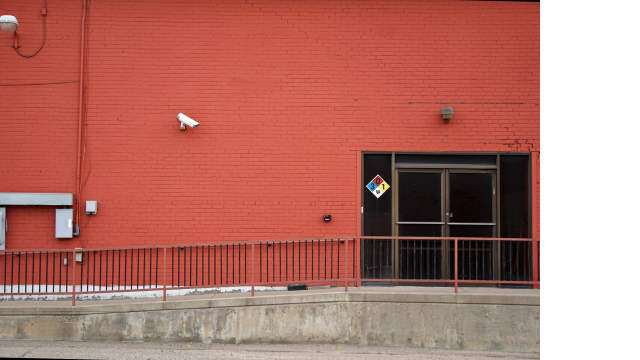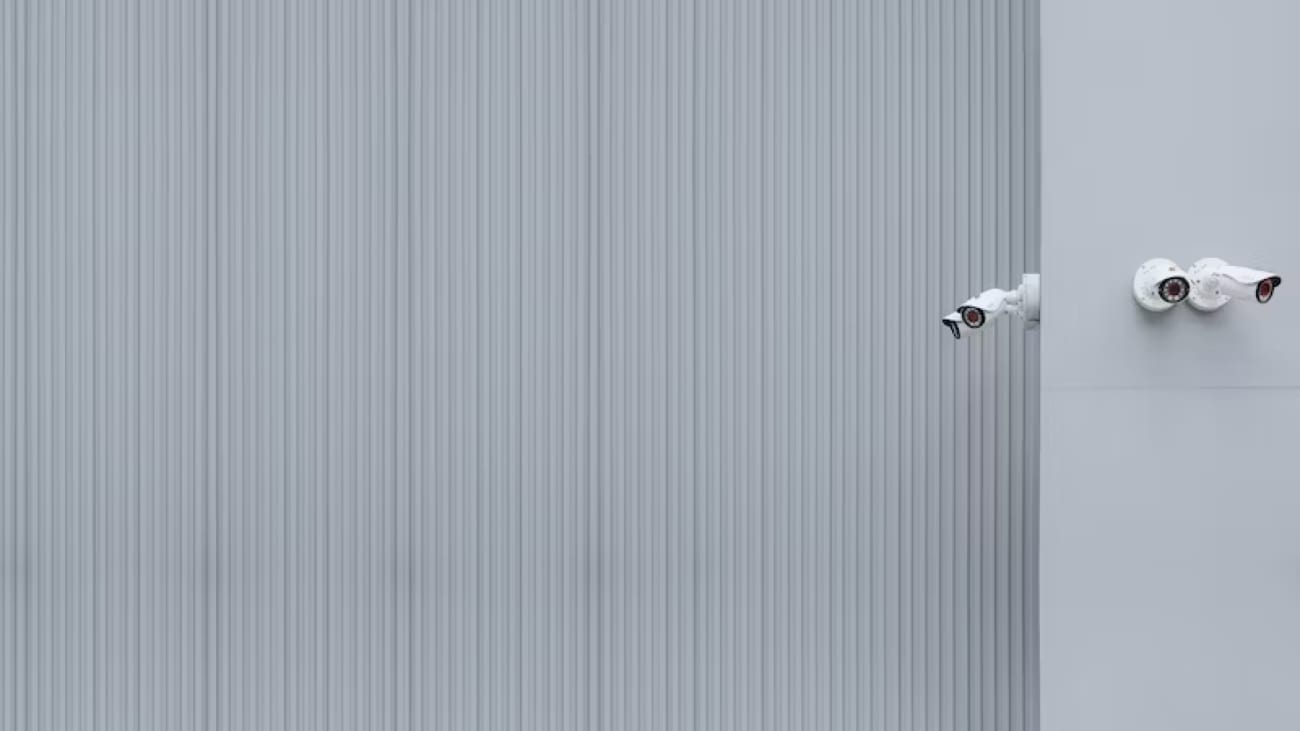Business security camera systems are hardly new, but they remain one of the most crucial tools to protect your property, employees, and visitors. They make it possible to constantly keep eyes on your business, regardless of whether it’s the middle of a busy workday or everyone has gone home for the weekend.
From discreet, high-definition cameras mounted in office corners to obvious devices above your property entrance, business security cameras safeguard your business’s financial interests, deter crime, and keep everyone safe. With such a wide range of options available, it’s important to understand the differences between different camera systems and how they can integrate with the other security components on your property.
The basics of a business security camera system #
A business security camera system consists of one or more cameras, recorders, and software that work together to capture video footage on commercial properties. Also known as a video surveillance system, it can continuously stream and record activities in or around your business premises.

Comparing residential and business security camera systems #
As of 2023, there were 770 million security cameras in use, but not all of them were for commercial properties. Many people also use security camera systems to protect their homes and families. These cameras are often much less expensive than business security systems, and some business owners might consider installing them to keep costs down.
While purchasing a residential security camera system might initially seem like the cheaper — and thus better — investment, there are significant drawbacks. Residential security cameras typically have a smaller data storage capacity and shorter lifespans. Most importantly, they lack integration options that are critical in modern business security camera systems.
Capabilities of business security camera systems #
Business security cameras run the gamut from basic to complex. They can have a variety of features, including:
- Real-time video streaming: Real-time video allows security personnel and administrators to constantly monitor activity on your property so you can react quickly in the event of an emergency.
- Video recording: Business security camera systems record and store footage so that you can review it later, helping you evaluate your business and employee performance and aiding investigators in identifying suspects if a crime occurs.
- Video analytics: Some camera systems have video analytics capabilities that analyze video footage to identify potential problems or security risks by automatically detecting unusual movements or intrusions.
- Night vision: Most of today’s security cameras use technology such as infrared wavelength detection to capture clear footage in both daylight and darkness.
- Integration with access control: Placing a security camera at a business entrance is a popular way to track who enters and exits the property, particularly when you also use an access control system like Kisi’s.
Generally speaking, the more feature-rich your security camera system is, the higher the price will be. However, many advanced features have become more common across cameras at all price points.
The evolution of business security cameras #
Security camera systems have undergone drastic changes since their invention, and the pace has accelerated over the past decade. They began with basic analog or closed-circuit television (CCTV) systems, which date back to the 1920s and allowed exclusively for monitoring. Video recording didn’t emerge until the invention of the VCR in the 1970s.
If you look at footage from older CCTV systems, the picture is usually grainy, blurry, and dark. Many new cameras on the market feature high-resolution imagery, with a crisp picture that makes it easier to determine what’s happening and who’s present in a recording. These cameras have become much more popular in recent years, with one survey finding that 30% of security cameras businesses used in 2022 were high resolution, up from only 10% in 2016.
Along with better video quality, many modern security cameras also have sophisticated features, such as:
- Motion detection: Motion triggers a sensor and prompts the camera to track the movement or begin recording.
- Remote access and notifications: Some cameras can connect to applications on mobile devices, such as smartphones, so you can monitor the feed and react to alerts from any location.
- AI facial recognition: Artificial intelligence (AI) makes it possible for some security cameras to analyze and identify human faces in real-time.
- Cloud storage: Rather than storing footage on-site, businesses can upload it to a cloud service, saving substantial space and money.
Moving forward, experts predict that these features and functionalities will become more mainstream. For example, a growing number of businesses are making the shift to cloud storage with some or all of their security recordings. In 2022, 44% of organizations used hybrid-cloud systems for their video surveillance data storage. As business physical security moves to the cloud, finding a future-proof solution that also integrates with cloud-based systems like access control is vital.
Types of camera systems for business #
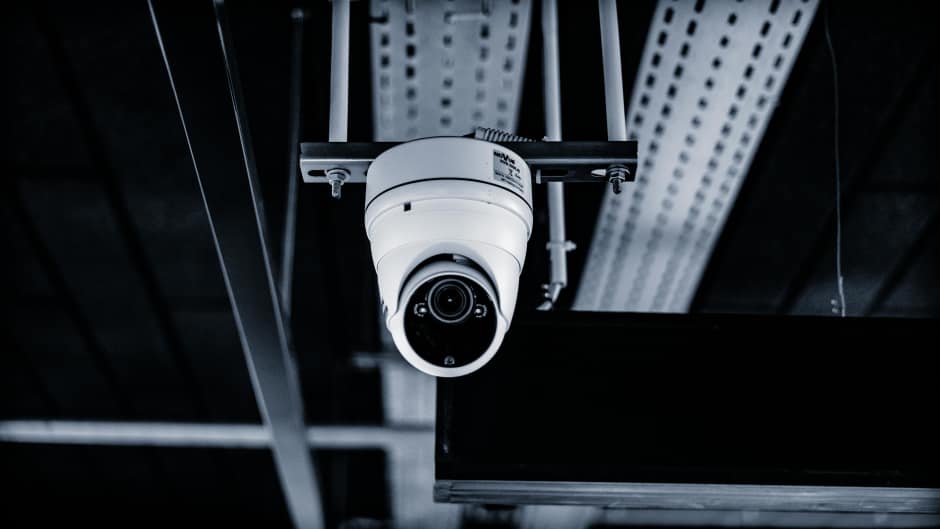
Shopping for business security cameras can get overwhelming because of the sheer number of products on the market. You’ll have a lot of decisions to make about the kind of system you want to use, starting with these essential characteristics.
Analog and digital #
For decades, analog cameras were the cornerstone of business security systems. Typically connected to a display and recording systems with coaxial cable, they were reliable and easy to maintain. However, analog security cameras can usually only capture standard definition (SD) video.
When installing new security cameras, most businesses now turn to digital cameras. Because they can stream and record high-definition and sometimes 4K video, digital cameras offer a much clearer view of what’s happening on your premises. They’re also more compatible with wireless configurations, eliminating the need for extensive hard wiring. As a result, many building owners have opted to upgrade their existing cameras with digital versions or combine analog and digital components.
Wired and wireless #
Wireless business security cameras transmit video feed wirelessly using RF signals or WiFi, depending on whether you’re using an analog or digital device. Digital Internet protocol cameras (IP) can function without any local storage, though many organizations choose to use both cloud and local storage to avoid data loss.
While wireless cameras don’t require wiring for video transmission, most of them aren’t truly wireless. You can find battery- or solar-powered security cameras, but they’re usually a last resort for places where electrical hardwiring isn’t an option.
Video and audio #
Although the primary purpose of a business security camera system is to see your property, many modern cameras have built-in microphones that pick up audio. This can offer important information about what’s happening at your business, but it’s not always the best option.
Audio recording can infringe on people’s privacy and may violate state or local laws. For example, under Pennsylvania state law, all parties must consent to audio recordings, so using a security camera to record audio could result in legal penalties. For this reason, video-only or audio-optional security cameras remain widely available.
Bullet and dome #
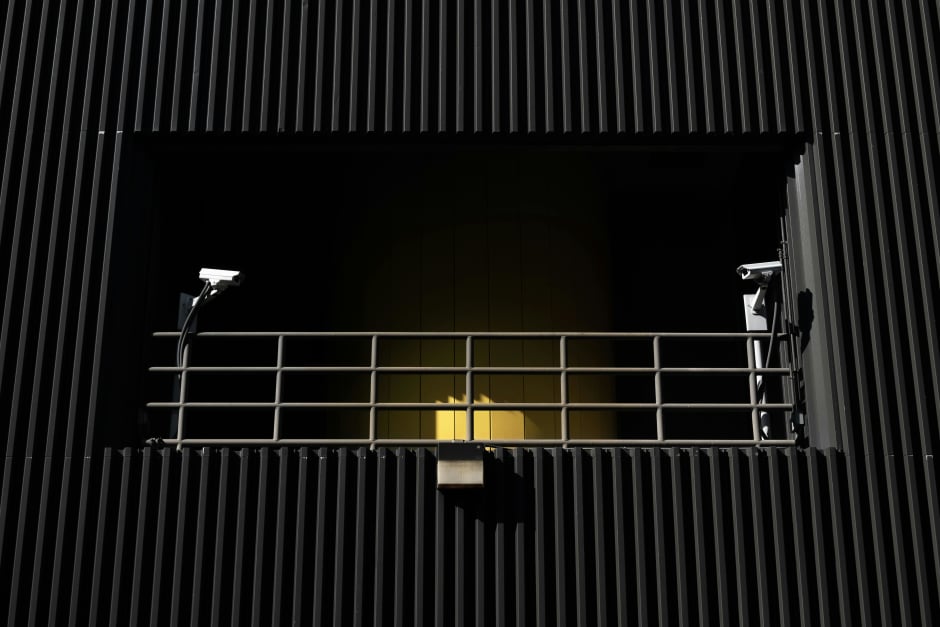
Many businesses use bullet and dome cameras for different purposes on their properties. Bullet cameras typically have a rectangular shape and a narrow field of view. They’re capable of recording footage at long distances and allow you to zoom in on perimeter areas, such as hallways and parking lots.
Dome cameras, on the other hand, are rounded to allow for a much wider field of view. They’re ideal for larger, open spaces, such as open-concept offices or storage rooms, where seeing the entire area is paramount. Due to their color and shape, dome cameras are generally less noticeable than bullet cameras.
Common locations for business security cameras #
Ensuring every inch of your property falls in the view of a security camera is challenging, particularly if you have a large or multi-level space. To maximize security and the value of your system, place cameras in spots that are vulnerable or exposed, such as:
- Entrances: Security cameras at building entrances help deter intruders and can pair with an access control system like Kisi.
- Elevators: Businesses place security cameras in elevators because they’re enclosed and difficult to monitor.
- Parking lots: Property damage and vandalism often occur in parking areas, making the presence of security cameras especially important.
- Inventory and storage spaces: Integrating security cameras and access control can better protect businesses' valuable assets and prevent potential losses, like office supplies or other equipment being stolen or tampered with.
- Potentially hazardous areas: If there’s an area where you know visitors or employees might be at risk due to dangerous machinery or chemicals, it’s wise to install a security camera for safety purposes.
Keep in mind that it’s generally illegal to put security cameras in locations where people have a natural expectation of privacy, such as bathrooms. Many businesses use signs to communicate the presence of cameras to avoid these kinds of legal issues.
Advantages of installing business security camera systems #
There’s a reason why security camera systems have become a mainstay for businesses. They offer many advantages that support your organization’s goals and needs.
Increasing safety and security #
As the name suggests, the number one purpose of a business security camera system is to secure your property. Cameras deter many kinds of crimes, including break-ins and physical violence. They also allow you to intervene rapidly if a fight, assault, or other attack occurs.
Security cameras contribute to safety in other ways. You can locate accidents or natural disasters, such as fires or flooding, and notify personnel if they need to evacuate. If someone is injured on-site, security cameras ensure they don’t go unseen so you can reach out to emergency responders for support.
Reducing theft and property damage #
Security cameras also help reduce non-violent crime by frightening away potential thieves or vandals. In the event of a crime, law enforcement has evidence that assists them in identifying, locating, and prosecuting the perpetrators. Video recordings of theft or property damage may also help you recover stolen goods or support your claim to an insurance company.
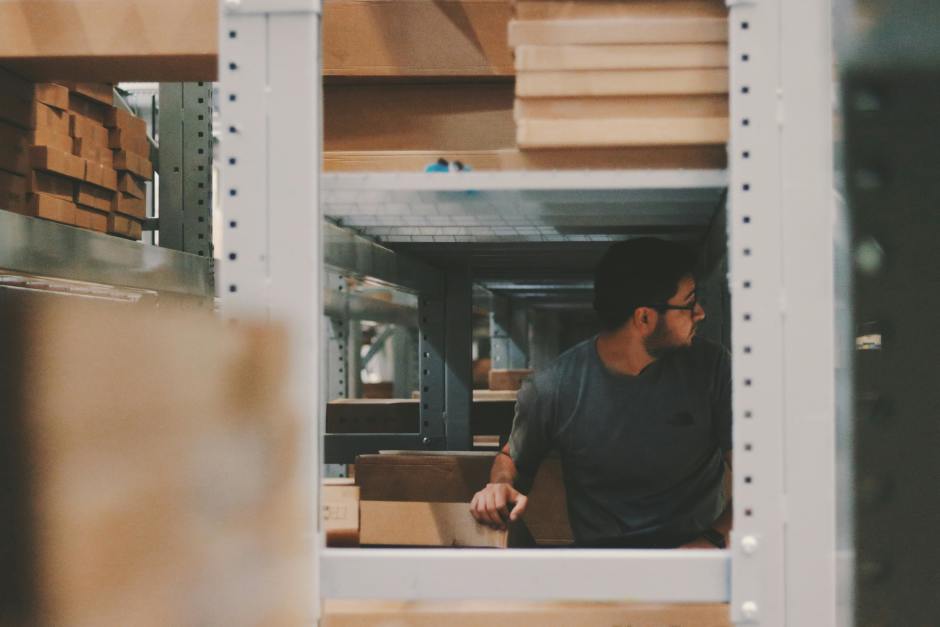
Enhancing operations #
Footage from security camera systems provides you with insightful, actionable data that you can use to optimize your operations. By monitoring customer, client, and employee behavior, you can flag and resolve productivity or safety issues.
In addition, it has a part to play in fraud prevention. Organizations lose 5% of their revenue to fraud each year, and 85% of the employees involved in committing this fraud displayed behavioral red flags, including bullying or intimidation, excessive internet browsing, and frequent tardiness. Security cameras empower you to track and analyze these issues before they escalate.
Cutting costs #
Installing a business security camera system requires an initial investment, but it’s ultimately a cost-saving measure. Many insurance companies give businesses lower rates because they’re less likely to experience property damage. When used correctly, they can protect against other potential expenses, including civil lawsuits, stolen inventory or equipment, and property repairs.
An effective security camera layout also minimizes the need for security personnel. Rather than hiring a 24-hour team, you can task a single guard with monitoring your entire property.
Integrating business security cameras with access control #
One of the most important functionalities of business security cameras is the fact that you can integrate them with other security components. Combining cameras with an access control system like Kisi’s builds the foundation of a comprehensive commercial security system.
Using security cameras with access control creates a seamless security network that simultaneously addresses access management and visual verification. An access control system gives you the power to authorize or deny entry, ensuring only authorized personnel and guests can access your property. Meanwhile, cameras record every entry and exit, whether authorized or unauthorized, allowing you to gain insights into security incidents and improve your strategy.
Maximize the benefits of business security cameras with Kisi #
Installing a few cameras might seem like a small step, but it can have huge returns in terms of security, operational efficiency, and financial savings. Business security systems with cameras are more likely to prevent theft, fraud, and vandalism, all while also allowing you to improve employee productivity and safety.
Even better, when you pair cameras with Kisi’s access control system, you can maximize your access management, improve user experience, and streamline operations. Book a demo to see how Kisi fits in with your business’s security camera system.
